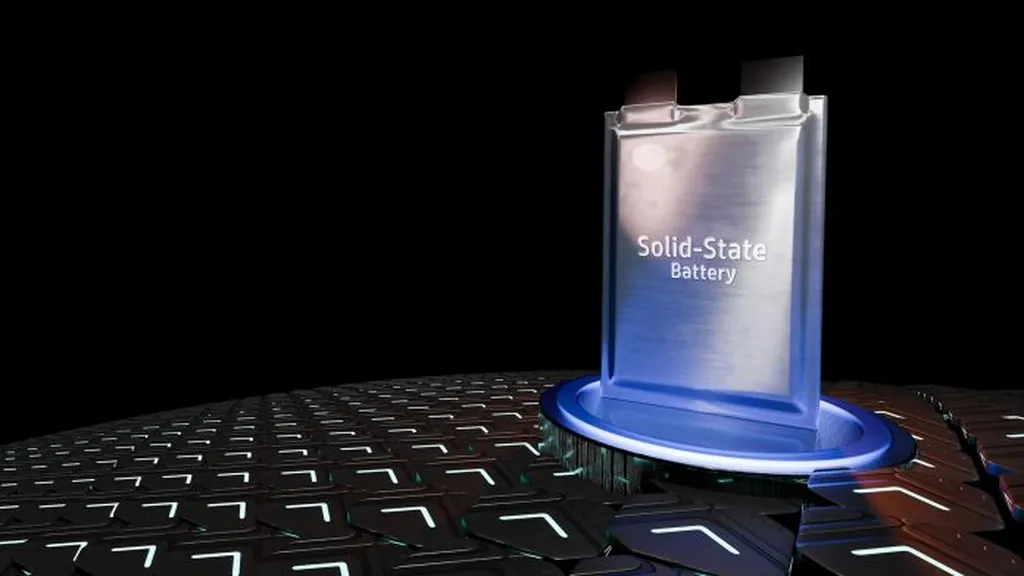The SOLiD project, launched in September 2022, is at a critical juncture, with its breakthroughs in electrode coating, electrolyte formulation, and digital quality control setting the stage for Europe to scale solid-state batteries beyond the lab. This EU-funded initiative brings together 14 partners across nine countries, aiming to create a sustainable pilot-scale process for next-generation solid-state lithium-metal batteries. These batteries promise higher energy density, improved safety, longer lifespan, and recyclability by design, addressing key limitations of current lithium-ion technology.
Lithium-ion batteries have been instrumental in the electrification revolution, but their limitations are becoming increasingly apparent. Liquid electrolytes are volatile and flammable, graphite anodes limit energy density, and dependence on critical raw materials like cobalt poses supply risks and ethical concerns. Solid-state lithium-metal batteries (SSBs) offer a promising alternative. By replacing liquid electrolytes with solid ones and swapping graphite for lithium metal anodes, SSBs can store up to 70% more energy in the same volume, reduce fire risks, perform better at higher voltages, and cut dependence on critical raw materials.
However, the challenge has been scalability. Most SSB research remains confined to the lab, where carefully produced cells work in small numbers but falter under industrial conditions. SOLiD was launched to bring scalable manufacturing, recycling-ready design, and digital quality control into the DNA of solid-state batteries. “SOLiD goes beyond better materials: it’s redefining battery manufacturing,” says a project spokesperson. Traditional electrode fabrication is a wet and wasteful process, relying on toxic solvents and energy-intensive drying steps. SOLiD is pioneering roll-to-roll (R2R) dry extrusion coating, which blends active cathode material, polymer electrolyte, and conductive additives into uniform films without the use of solvents and excess material waste. This dry coating is a ‘gamechanger’, being cleaner, faster, and eliminating the need for costly solvent recovery and drying infrastructure.
On the anode side, the project is scaling up pulsed laser deposition (PLD) to create ultra-thin lithium layers at just five micrometres in thickness. This precise coating is supported by in-line processes that engineer stable interfaces, ensuring compatibility with the cathode and electrolyte layers. This meticulous interfacial control is crucial for preventing dendrites, which are tiny needle-like formations that can pierce the electrolyte and short-circuit the battery.
The solid-state polymer electrolyte (SSPE) itself is being reinvented. Early work focused on polyethylene glycol-based systems, but by mid-2025, the team unveiled a polyester-based formulation, PESDA, that vastly outperformed its predecessors. With tensile yields up to 250% before failure and stable cycling performance, retaining 95% of capacity after 120 cycles in prototype cells, PESDA is proving to be the electrolyte of choice for scaling into pouch cells.
The hallmark of SOLiD’s approach is its industrialisation focus from the outset. Rather than experimenting with coin cells in isolation, the consortium has been building and validating reference cells in both 1 Ah and 10 Ah formats. These so-called ‘Gen 2b’ cells, built with liquid electrolytes, act as benchmarks to ensure new solid-state designs can match and exceed established industrial performance. Pilot-scale production is already underway. Cathode films with improved thickness control and uniformity have been demonstrated, while slot-die coated separator electrolytes are being tested for consistency and repeatability.
The first smart inspection tools, combining particle detection, optical monitoring, and electrochemical impedance spectroscopy, are being integrated into pilot lines. By late 2025, the first of these inspection systems will be fully operational, enabling near real-time quality assurance. This is where SOLiD’s digital edge comes in. The project is developing a ‘digital twin’, which is an AI-driven feedback and feedforward system that links inspection data directly to process control. In effect, the factory learns as it produces, reducing defects, improving yields, and cutting costs. This battery production line ‘digital twin’ could become a template for future gigafactories, seeking to minimise waste and maximise efficiency.
Building for sustainability from day one, the planned recycling-by-design approach of SOLiD aims to support the development of more circular battery solutions. Current lithium-ion batteries are exceptionally difficult to recycle, requiring energy-intensive processes that recover only a fraction of valuable materials. Unlike conventional cells, SOLiD’s designs explore ways to integrate recycling-friendly materials and interfaces from the start. Polymeric interlayers are being engineered for easy delamination, allowing for the separation of cathodes, electrolytes, and anodes at end-of-life. Non-toxic housing materials and modular design simplify disassembly. Advanced software tools track material composition, making it easier to achieve more efficient recycling.
These design principles are intended to support safer,

